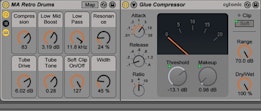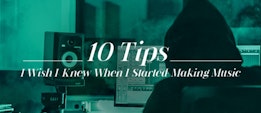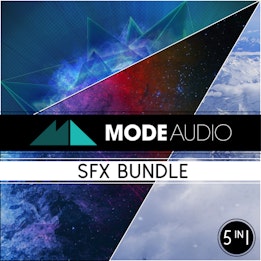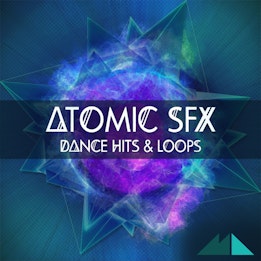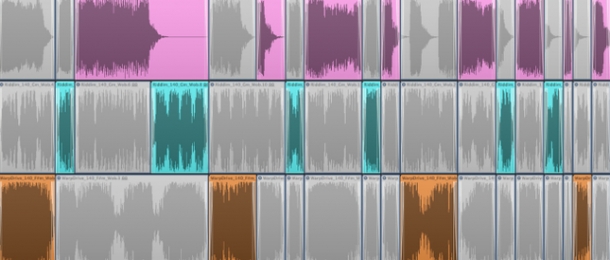
It's age-old advice, 'work with audio! MIDI sucks!'
Ring a bell'
Despite the fact that MIDI certainly doesn't suck, there are good reasons to work with audio instead. I'm going to run through five.
1. It's Faster
That's right, audio is faster. If workflow is important to you, then bouncing MIDI to audio should be up there somewhere on your list of priorities.
It's far quicker to chop out a section of an audio clip compared to a MIDI clip. With audio, you simply select a portion and delete it. However; with MIDI, in many DAWs you need to open up the MIDI clip, select the desired notes, and then edit it.
You'll often see producers bounce down bass and synth sounds in order for easier and faster processing in genres such as glitch hop or complextro that feature complex processing and editing.
2. It's Easier
Not only is audio faster to work with, it's easier.
Destructive processing is impossible with MIDI. You can't reverse a sound, and if your patch has a long release, you can't make sudden chops and cuts.
Working with audio combats this. You want to have the tail of your bass reverse into the transient of the next note' No problem. Select and reverse.
3. It's Visual
One of the main reasons I use audio is because it's visual. While trusting your ears is vitally important, the visual aspect can't be ignored.
Using audio means you can see the waveform; where it starts, where the body is, and how long the tail lasts. While you can use an oscilloscope plugin on a MIDI track, it's much more convenient to be able to see and move around an audio clip.
This visual feature of audio can be taken advantage of when mixing kick and bass. Being able to see how long the tail of the kick is and where the bassline lies allows you to quickly and easily fix problems that you might not have picked up by ear.
4. It's Not As Demanding
On CPU, that is.
MIDI by itself is less CPU intensive than pure audio, but I can't remember a time where I used MIDI without a soft synth and effects after it. The plugins are CPU intensive. Your soft synths, delays, reverbs, etc.
By bouncing down to audio, you're consolidating the sound. Removing the need for all those plugins you had on the channel earlier.
5. It's Different
An easy way to promote creativity is to try something new. If you work with MIDI 100% of the time you might be surprised what new ideas pop into your head when playing around with audio.
Audio is different to MIDI, it has different characteristics technically, and you can process it differently. If you're struggling for ideas, why not bounce down a stem or drag some audio into your DAW and go wild'
Conclusion
Hopefully by reading this you've been inspired to try out some new things, and work with audio a little more often. Working with audio isn't a 'fix' to anything. It's not a solution, and there are cases where you should avoid working with audio (if you've got an element that will likely require notation change as the track progresses). It's simply something you can add to your workflow.
Sam Matla runs EDMProd.com, a blog and resource website with a focus on workflow, creativity, and going deep into production techniques. Ask Sam questions by following EDMProd on Twitter.
Be sure to check out our full range of audio material to inspire your next track!


